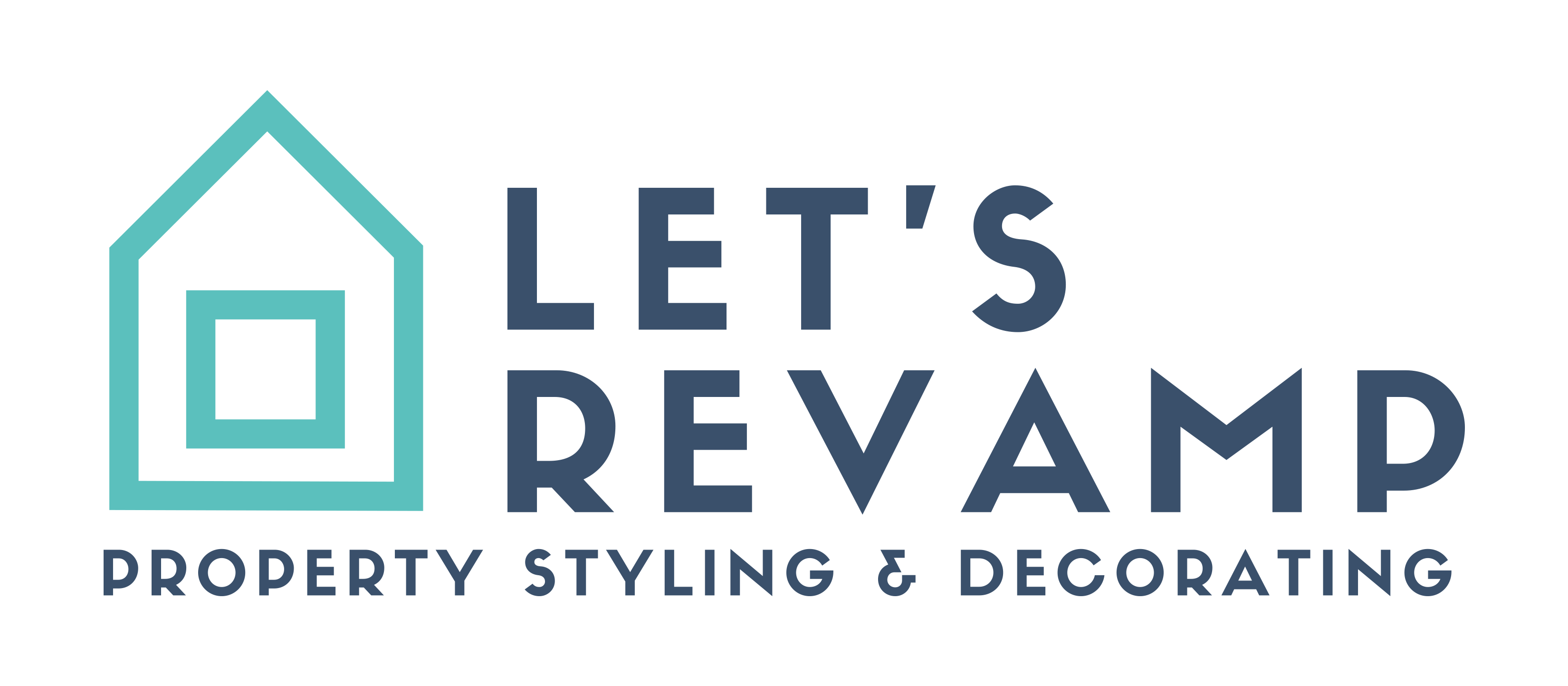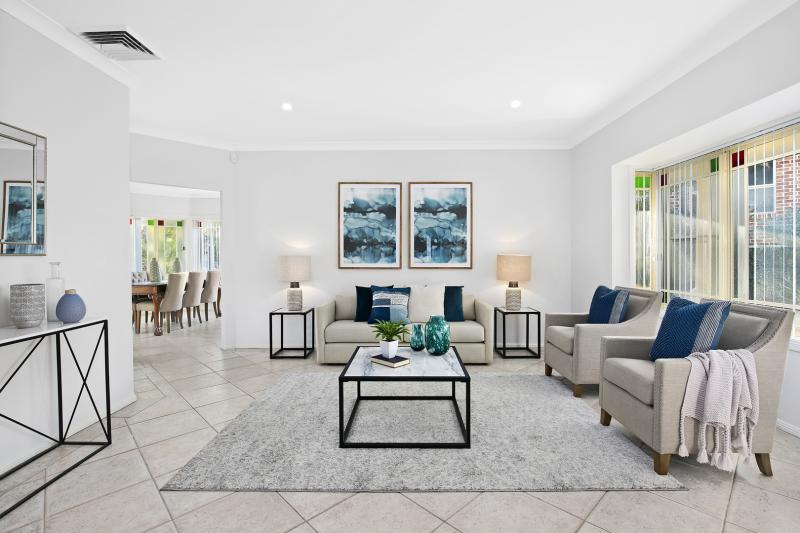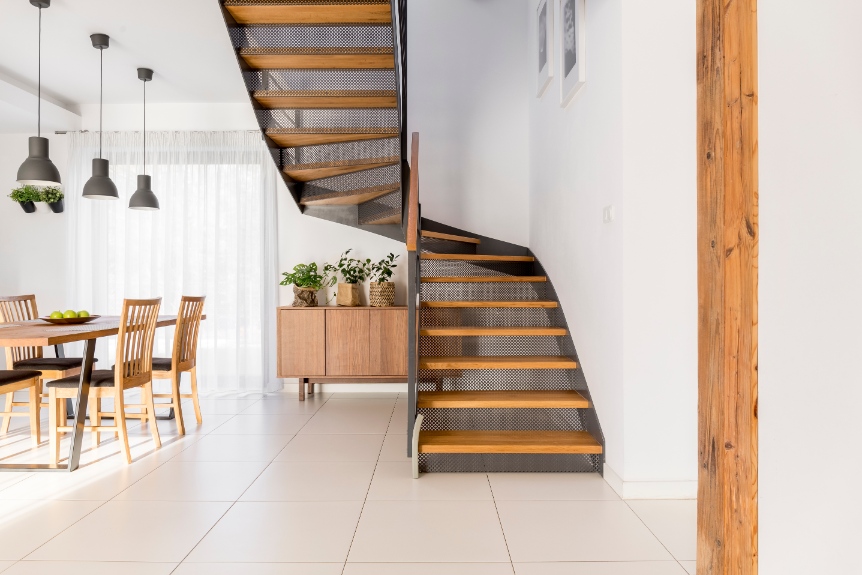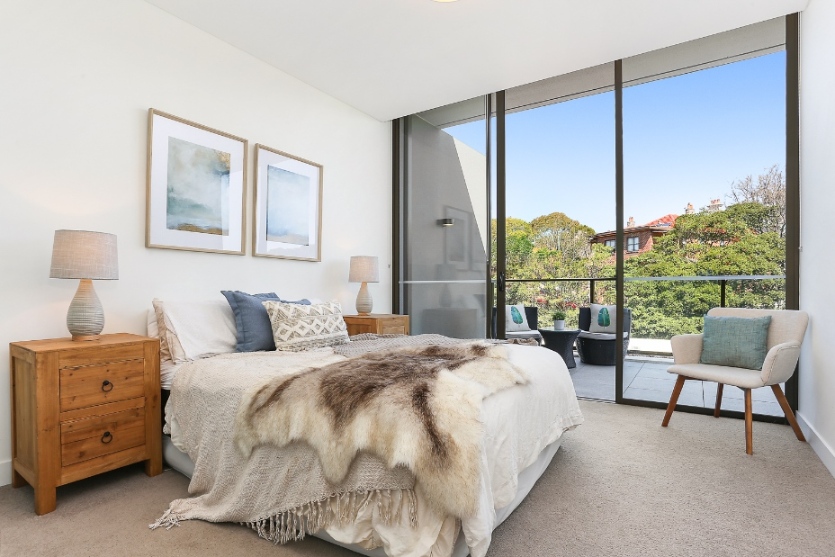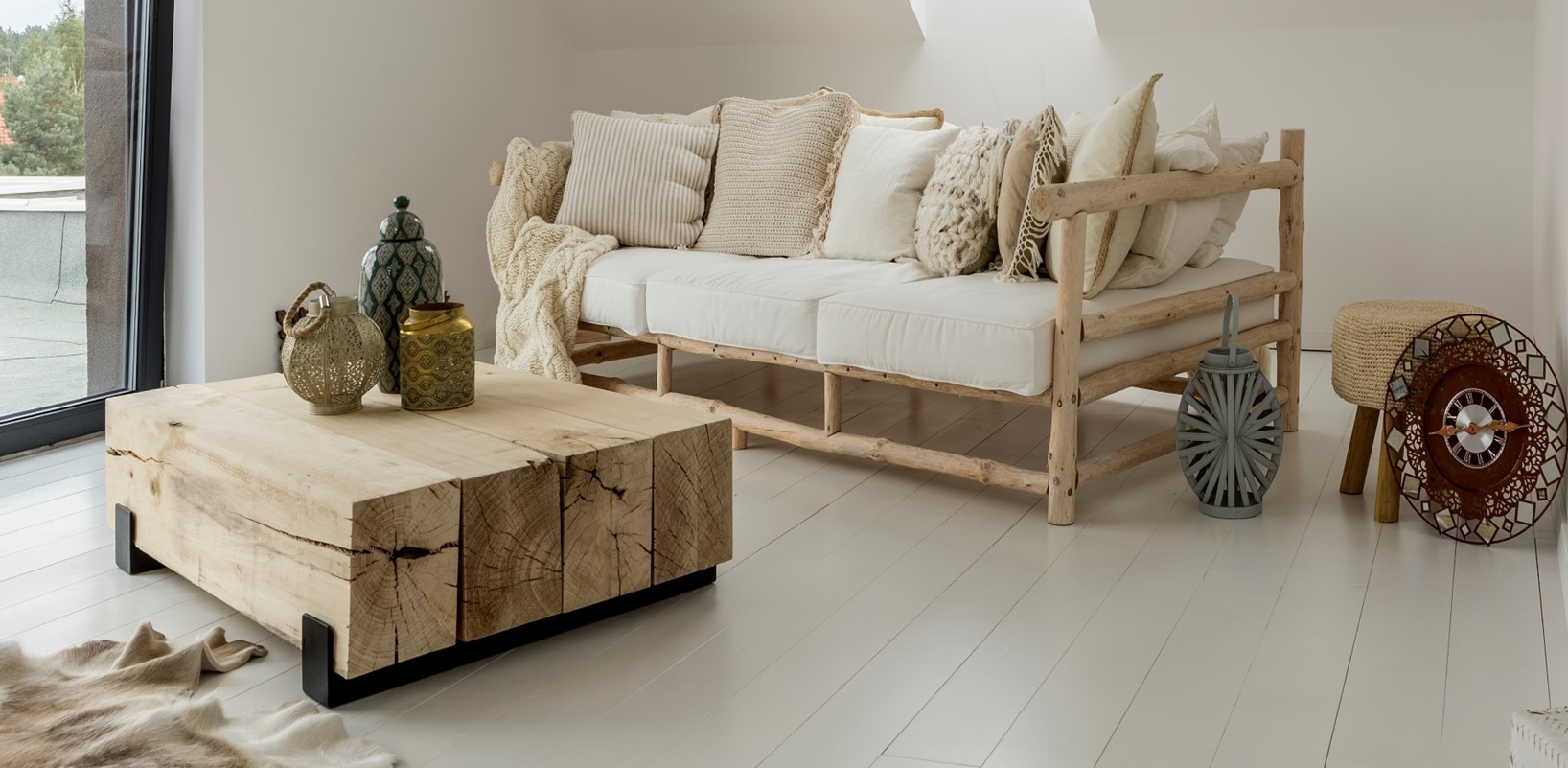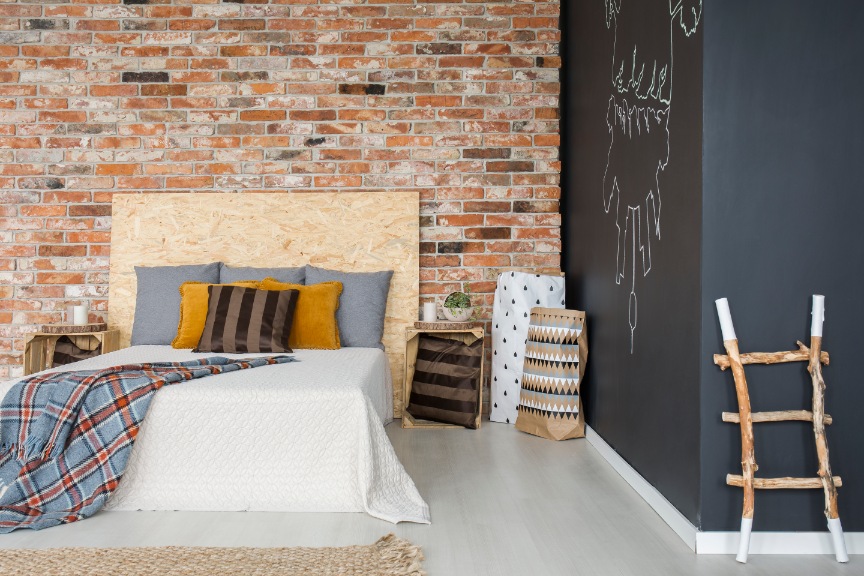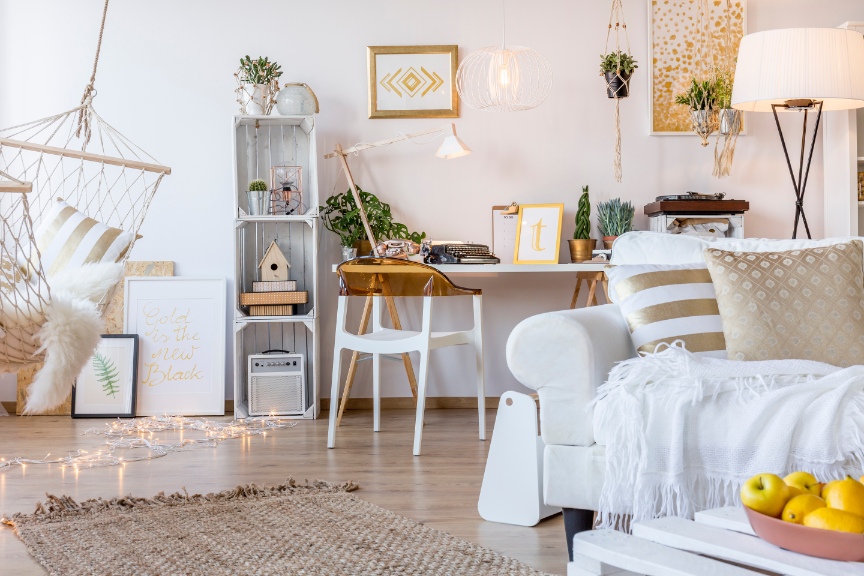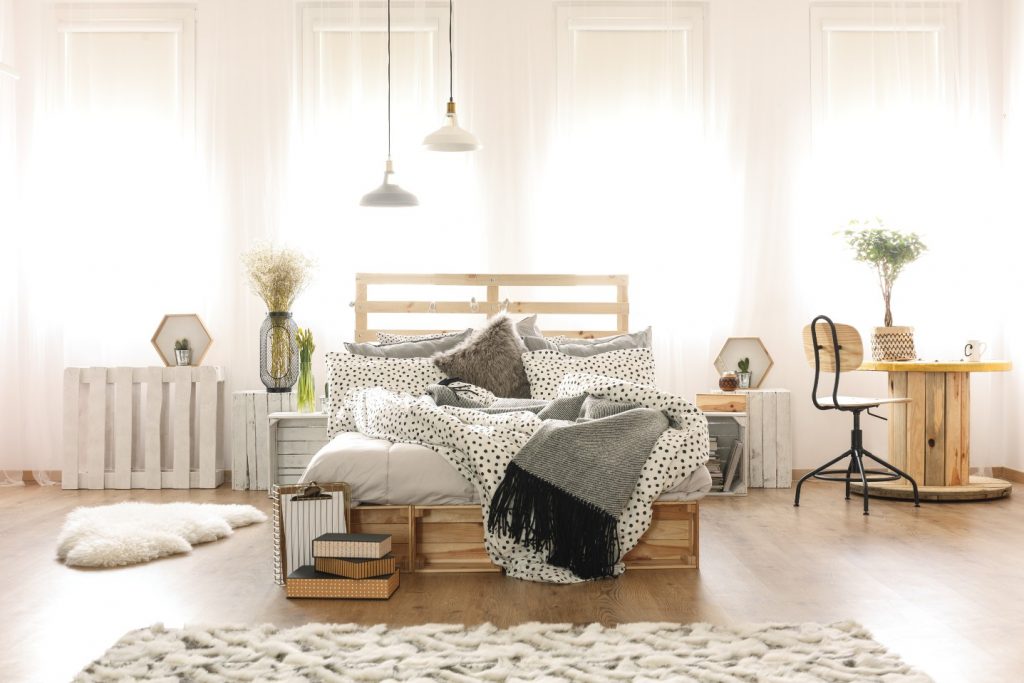7 Fundamental Elements of Interior Design
“Your home should tell the story of who you are and be a collection of what you love.” (Nate Berkus)
Understanding and applying the 7 Fundamental Elements of Interior Design when decorating your home will affect the overall outcome of your styling.
These elements all work together to establish harmony, balance, interest, practicality within the area you are working on.
- Light
- Space
- Line
- Form
- Colour
- Texture
- Pattern
1. The Element of Light
“Light is the first element of design; without it there is no color, form, or texture.” Thomas E. Farin
The quantity and quality of light within an area affects our perception of what we perceive.
External sources such as the time of day and the season influence natural light and should be taken into consideration when choosing colours.
Light determines the overall mood and ambience of the space.
Artificial light from a floor lamp or downlight lighten darker areas.
2. The Element of Space
There are two basic types of space: Positive (the area containing objects) and Negative (the vacant area between objects).
It is important to create a balance of these to achieve ease of movement within the area. When considering the element of space, it is important to consider height too.
We tend to focus more on the length and width of a space. Use items such as accessories, furnishings, curtains, and artwork of and at different heights to create diversity yet fluidity.
3. The Element of Line
“Decorating is autobiography.” (Gloria Vanderbilt)
Lines have position and direction in space. They can be vertical, horizontal, or dynamic (e.g., zig-zags)
Lines create illusions within a space.
Horizontal lines make a room appear wider and create a feeling of security.
Vertical lines are expressive and bold and make a room appear higher.
Dynamic lines do not conform to the norm. They express movement, energy, and interest.
Use lines strategically to create balance in the area.
4. The Element of Form
Forms describe the contours of a three-dimensional object. i.e. having length, width and depth. They could either be geometric (mathematically precise) or free-form, created by nature.
Balance is key. Too many geometric forms (or shapes) can make an area feel “boxy”. If there are too many organic shapes an area can be made to feel too busy.
5. The Element of Colour
When choosing colours for your space, it is important to understand the psychology behind colour and using that to your advantage by selecting colours that will evoke certain moods and reactions relative to the space. For example, using cooler colours such as blues and greens for a bedroom is recommended as they produce calming effects.
6. The Element of Texture
Texture is the way an object feels to the touch or by observing it. For example, the brick wall does not have a smooth finish (texture observed)
Different textures are used to create visual interest in an area. Using woods, metals, different fabrics/materials are all great ways to achieve this.
Study this image and count how many different textures you can see.
7. The Element of Pattern
Pattern is a repetition of shapes, lines, and design. Patterns add interest and motion to the design. There are occasions where the pattern coincides with texture, e.g., decorative cushions and rugs.
Too many patterns in a room can look too chaotic. Use patterns to draw attention to a focal point or area.
If you have more than one item with the same pattern, consider placing one of the items at a different angle.
Use the 7 Fundamental Elements of Interior Design to style your home professionally.
Please go to https://homeimprovementtraining.com/
or email us:- info@homeimprovementtraining.com
or call us to find out more: (+61) 2 9659 2556
